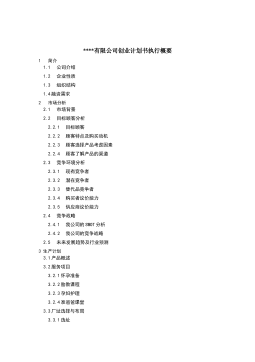USST_Arts_112060633 电子商务中物流服务质量对重复购买行为的影响研究
电子商务中物流服务质量对重复购买行为的影响研究摘要随着电子商务企业竞争日趋激烈,消费者选择范围也逐渐扩张,商家越来越关注如何保持客户忠诚吸引消费者重复购买,然而电子商务物流服务仍然是制约网络购物发展的重要瓶颈,影响着消费者重复购买。本文将重复购买行为的模型中研究加入物流服务质量,有利于改进、提高电子商务中的物流服务,增加消费者重复购买行为,促进贸易和电子商务的发展具有重要的意义。研究的主要内容包括两个方面,电子商务物流服务质量与消费者重复购买行为。首先,主要从物流服务提供者角度的物流服务质量,发展到到消费者角度的物流服务质量,分析了从定性研究转换为定量分析的质量指标测量,本文重点研究随时代而应...
相关推荐
-
USST_Arts_112480743自动生产线的同步维修模型及案例分析VIP免费
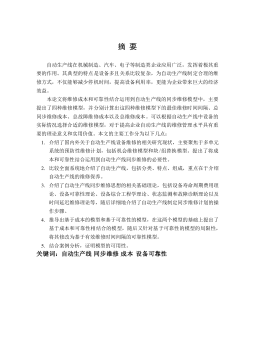
 2025-01-09 14
2025-01-09 14 -
USST_Arts_112480745基于供需网特征理念的企业间关系状态研究VIP免费

 2025-01-09 15
2025-01-09 15 -
USST_Arts_112480756 我国城镇化与能源消费结构间关系的研VIP免费
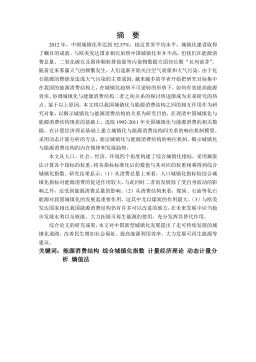
 2025-01-09 20
2025-01-09 20 -
USST_Arts_112490763 企业创新型团队社会网络、知识管理过程及团队创造力关系研究VIP免费

 2025-01-09 13
2025-01-09 13 -
USST_Arts_112490769创新团队执行力影响因素分析VIP免费

 2025-01-09 16
2025-01-09 16 -
USST_Arts_112070649基于团队自反性的科技型企业TMT特征对企业绩效的影响研究VIP免费
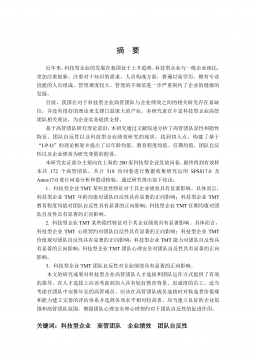
 2025-01-09 21
2025-01-09 21 -
TR公司工业机器人市场发展战略研究VIP免费

 2025-01-09 24
2025-01-09 24 -
二氧化碳套管式气冷器的研究VIP免费

 2025-01-09 17
2025-01-09 17 -
非共沸混合物在微通道水平单管内流动沸腾特性VIP免费
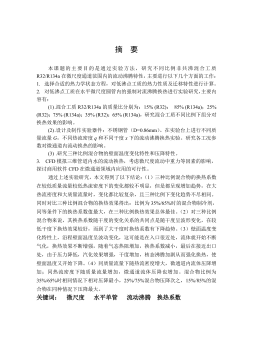
 2025-01-09 81
2025-01-09 81 -
基于MRO的连铸辊维护管理系统研究VIP免费
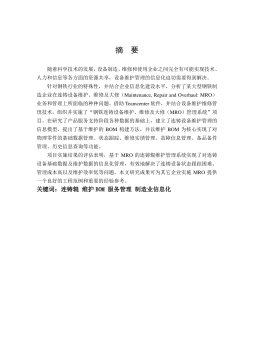
 2025-01-09 11
2025-01-09 11
相关内容
-

USST_Arts_112070649基于团队自反性的科技型企业TMT特征对企业绩效的影响研究
分类:高等教育资料
时间:2025-01-09
标签:无
格式:PDF
价格:15 积分
-

TR公司工业机器人市场发展战略研究
分类:高等教育资料
时间:2025-01-09
标签:无
格式:PDF
价格:15 积分
-

二氧化碳套管式气冷器的研究
分类:高等教育资料
时间:2025-01-09
标签:无
格式:PDF
价格:15 积分
-

非共沸混合物在微通道水平单管内流动沸腾特性
分类:高等教育资料
时间:2025-01-09
标签:无
格式:PDF
价格:15 积分
-

基于MRO的连铸辊维护管理系统研究
分类:高等教育资料
时间:2025-01-09
标签:无
格式:PDF
价格:15 积分


